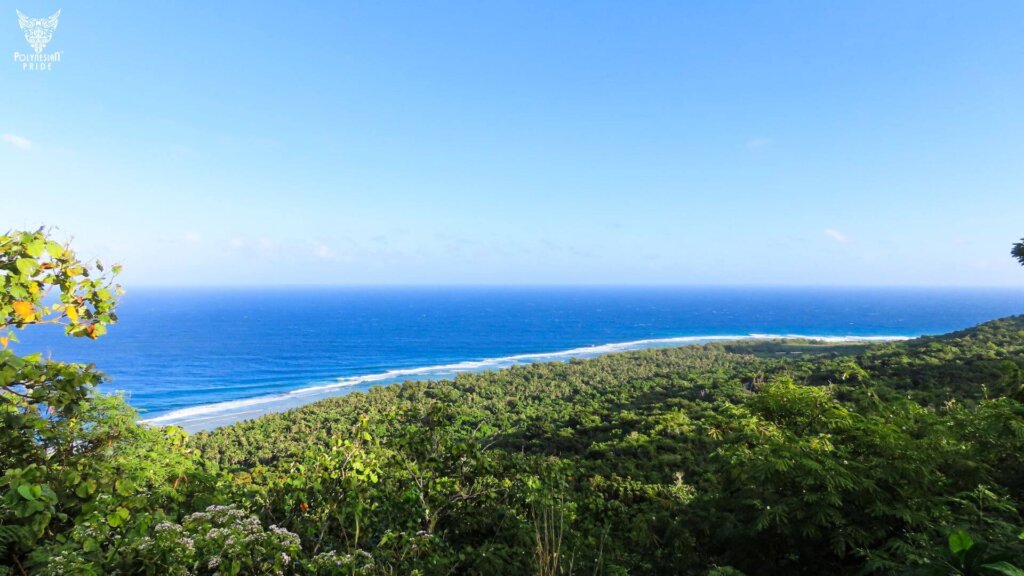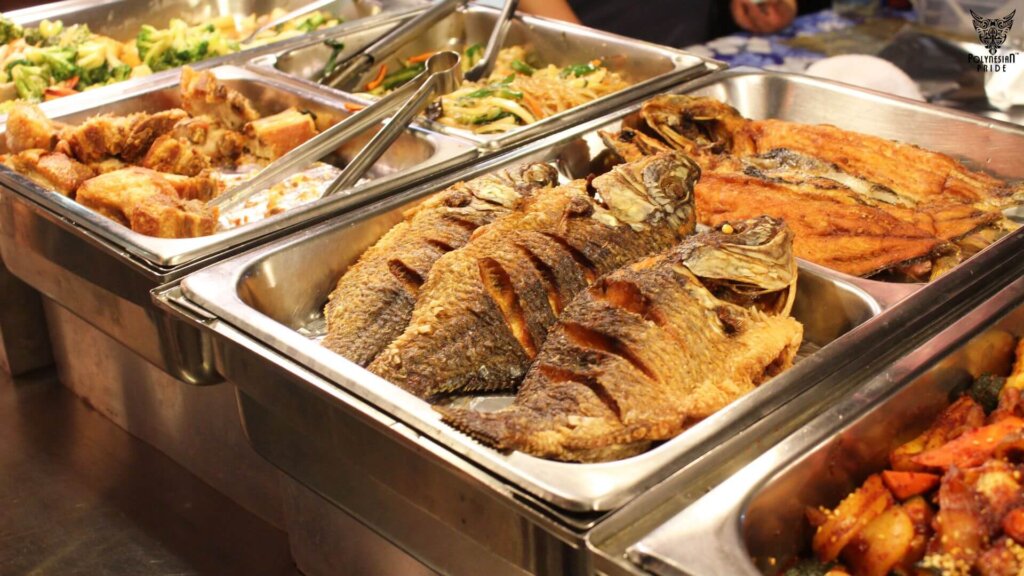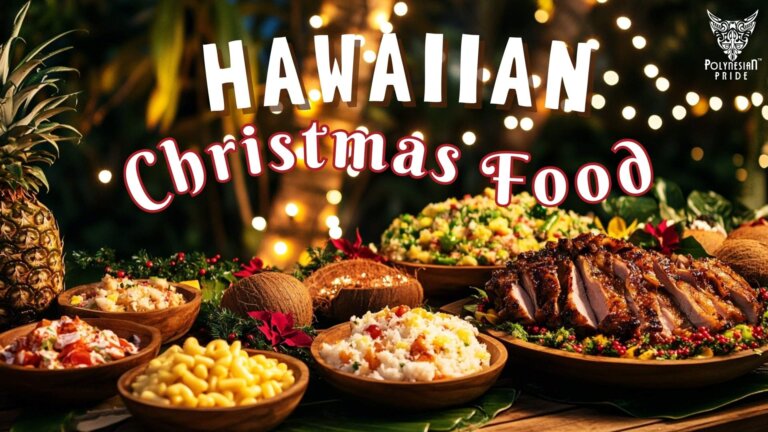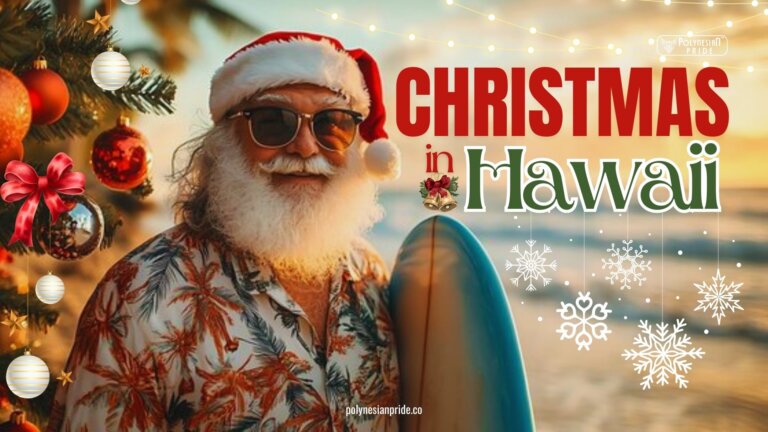Discover Guam Micronesia: A Hidden Paradise in the Pacific

Nestled in the azure waters of the Western Pacific, Guam Micronesia is a testament to nature’s splendor and human resilience. As the largest of the Mariana and Micronesian islands and a US territory, Guam offers visitors a unique blend of pristine beaches, rich history, and vibrant culture. From crystal-clear waters to warm hospitality, Guam beckons travelers to uncover its hidden wonders and experience a slice of paradise.
I. Tropical Geography and Ideal Climate

A Tropical Haven in the Pacific
Strategically positioned in the Western Pacific, approximately 3,800 miles west of Hawaii and 1,500 miles east of the Philippines, Guam is a crucial crossroads between Asia and the Americas. Its tropical location ensures a warm climate year-round, perfect for sun-seekers and water enthusiasts.
Guam covers 212 square miles, about 30 miles in length and 4 to 12 miles in width. This compact size allows visitors to explore diverse landscapes within a small area, from stunning beaches to lush jungles and limestone plateaus.
The island’s coastline features a mix of sandy beaches, rocky cliffs, and coral reefs, with the western coast boasting calm waters and picturesque sunsets. At the same time, the eastern shore offers rugged terrain and dramatic ocean views.
The Capital of Guam Micronesia
Hagåtña, the capital of Guam, is a captivating city between Agana Bay and the cliffs of Agana Heights. As the first European city in the Pacific, Hagåtña’s rich history is evident in landmarks such as Plaza de España and the Dulce Nombre de Maria Cathedral Basilica. The town also features the vibrant Chamorro Village, where the weekly night market offers a lively blend of local cuisine, crafts, and performances. With its scenic coastal setting and a mix of historical and modern attractions, Hagåtña provides visitors with a unique and enriching experience.

Diverse Ecosystems and Rich Biodiversity
Despite its small size, Guam hosts a variety of ecosystems supporting rich biodiversity. Forested areas, including the breathtaking Tarzan Falls and the serene Talofofo River Valley, dominate the island’s interior. These lush regions are home to unique plant species and provide habitats for various endemic animals.
The surrounding waters of Guam are filled with marine life, making it a paradise for divers and snorkelers. The Tumon Bay Marine Preserve showcases an underwater wonderland of colorful coral reefs, tropical fish, and sea turtles. Limestone forests cover much of the island’s northern part, creating a distinct landscape characterized by sharp rock formations and hidden caves, such as those at Ritidian Point, which also serve as important archaeological sites.

Best Times to Visit Guam Micronesia
Guam experiences a tropical marine climate with warm temperatures and high humidity year-round—the average annual temperature hovers around 80°F (27°C), with slight variation between seasons. Two main seasons divide the year: the dry season from January to June and the rainy season from July to December.
The dry season, particularly from February to April, is the best time to visit Guam. It offers sunny days, lower humidity, and calm seas, ideal for water activities. The rainy season brings frequent showers and occasional typhoons, but the island remains lush and green. Sunshine often breaks through the rain, allowing for enjoyable outdoor activities.
II. Rich Historical Tapestry
Ancient Chamorro Era

Guam’s history stretches back millennia, with evidence of human habitation dating to around 2000 BC during the Latte Period. The indigenous Chamorro people developed a sophisticated society, leaving behind unique stone pillars called latte stones, which served as foundations for their homes and community structures.
The Chamorro people had complex social structures, advanced fishing and farming techniques, and a rich oral tradition. Skilled navigators used outrigger canoes to traverse the vast Pacific Ocean, engaging in trade and cultural exchange with other Micronesian islands.
The ancient Chamorro society was matrilineal, with women holding significant power in family and community decisions. This social structure had a lasting impact on Guam’s culture.
Spanish Colonial Period

Guam’s isolated existence changed in 1521 when Ferdinand Magellan landed on the island during his circumnavigation of the globe, marking the beginning of European contact. Spanish colonization began in 1668, led by Father Diego Luis de San Vitores, and this period brought significant changes, including the introduction of Christianity and new crops, animals, and technologies. However, it also brought conflict and hardship for the Chamorro people, with disease, warfare, and forced cultural changes leading to a dramatic decrease in the indigenous population. Despite these challenges, elements of Chamorro culture persisted, blending with Spanish influences to create a unique Guamanian identity.
American Era and World War II
Guam’s history took another turn in 1898 when the United States acquired it following the Spanish-American War. The American administration brought the island new infrastructure, education systems, and economic opportunities. However, Guam’s strategic location soon plunged it into World War II. On December 8th, 1941, hours after the attack on Pearl Harbor, Japanese forces invaded Guam. For the next two and a half years, the people of Guam endured a harsh occupation marked by forced labor, internment, and cultural suppression.
The liberation of Guam by American forces in July 1944 is commemorated annually as Liberation Day. The battle to retake the island was fierce, resulting in significant destruction and loss of life. In the aftermath, the liberation forever changed Guam’s landscape and society.

Post-War Development and Modern Guam
Following World War II, Guam entered a period of rapid development and modernization. The island’s strategic importance during the Cold War led to a significant US military presence, which continues today. In 1950, the Organic Act of Guam established the island as an unincorporated territory of the United States, granting US citizenship to Guamanians and establishing a civilian government.
Today, Guam uniquely blends ancient Chamorro traditions, Spanish colonial influences, and modern American culture. Its economy has diversified beyond military spending to include a thriving tourism industry, attracting visitors from across Asia and the United States.
III. Vibrant Culture and Traditions
Chamorro Heritage
At the heart of Guam’s cultural identity lies the rich heritage of the Chamorro people. Despite centuries of colonial influence and modernization, Chamorro traditions play a vital role in Guamanian society. Despite being endangered, many islanders still speak the Chamorro language, and efforts are underway to preserve and revitalize it.
One of the most visible aspects of Chamorro culture is the concept of inafa’maolek, which translates to “making it good for each other.” This philosophy emphasizes interdependence, cooperation, and mutual respect within the community. It manifests in daily life, from family gatherings to community events.

Fusion of Cultures
Guam’s unique history has resulted in a fascinating cultural fusion. Spanish influences are evident in the island’s predominant Catholic faith, local cuisine, and language. The period of American administration has introduced English as the primary language and many aspects of American pop culture.
This cultural blend is most evident in Guam’s cuisine. Chamorro dishes like kelaguen and red rice coexist with Spanish-influenced dishes like empanadas and American favorites like hamburgers and pizza. The result is a culinary landscape that is uniquely Guamanian. The island’s strategic location has also led to significant influences from other Asian cultures, mainly Filipino, Japanese, and Korean.
Festivals and Celebrations
Guam’s calendar has colorful festivals and celebrations showcasing its vibrant culture.
- The Liberation Day (July 21st): commemorates the liberation of Guam from Japanese occupation in 1944. Parades, carnivals, and solemn remembrance ceremonies mark the day.
- The Guam Micronesia Island Fair (May): brings together cultural performers, artists, and craftspeople across Micronesia.
- The Malesso Fiestan Tasi: celebrates the island’s connection to the sea with canoe races, fishing competitions, and seafood feasts.
- The Talofofo Banana Festival: highlights the importance of agriculture in Guamanian culture and economy.

IV. Must-See Attractions in Guam Micronesia
Tumon Bay
Tumon Bay, located on Guam’s western shore, is a popular tourist destination known for its white sandy beaches, turquoise waters, and vibrant nightlife. Luxury resorts, shopping malls, restaurants, and entertainment venues line the bay, catering to visitors seeking relaxation and recreation in a tropical paradise. Besides, water sports enthusiasts can enjoy snorkeling, parasailing, and jet skiing. At the same time, beachcombers can stroll along the shoreline and soak up the sun.

Two Lovers Point
Two Lovers Point is a scenic overlook perched atop a limestone cliff. Visitors can see panoramic views of the Pacific Ocean and neighboring islands from this romantic vantage point. Chamorro legend says that two lovers leaped to their deaths from the cliff rather than be separated from their families. Their spirits are said to linger at the site, blessing couples with eternal love and devotion. Visitors can explore the park, admire the bronze statue of the lovers, and capture breathtaking photos of the coastline from this romantic vantage point.

Ritidian Point and Wildlife Refuge
On the northern tip of Guam lies Ritidian Point, a pristine nature reserve and wildlife sanctuary showcasing the island’s natural beauty and biodiversity. Sandy beaches, rocky cliffs, and lush forests provide habitat for endangered bird species, marine life, and native plants. Visitors can hike along coastal trails, swim in crystal-clear waters, and observe seabirds like the Micronesian kingfisher and Mariana fruit dove in their natural environment.
Ritidian Point is part of the Guam National Wildlife Refuge, managed by the US Fish and Wildlife Service. The refuge aims to protect the island’s unique ecosystems and cultural heritage, including ancient Chamorro artifacts and historical sites. Guided tours and educational programs offer insights into Guam’s ecology and history, fostering appreciation and conservation of this natural treasure.

War in the Pacific National Historical Park
Established to commemorate the bravery and sacrifices of those who fought in the Pacific Theater during World War II, the War in the Pacific National Historical Park spans several sites across Guam Micronesia. Visitors can explore battlefields, bunkers, and memorials that tell the story of the island’s wartime experiences. The park’s visitor center in Asan Bay features exhibits, films, and artifacts detailing the events leading up to and following the liberation of Guam. The park’s sites include Asan Beach, where American forces landed during the invasion, and Piti Guns, a preserved Japanese coastal defense battery.

Inarajan Natural Pool
Located in the southern village of Inarajan, this natural pool is a popular spot for swimming, snorkeling, and picnicking. The Inarajan Natural Pool, formed by interconnected tidal pools, is surrounded by lush vegetation and limestone formations. The crystal-clear waters are home to colorful fish and coral, making it a delightful place for underwater exploration. The nearby village of Inarajan offers a glimpse into traditional Chamorro life, with well-preserved Spanish-era architecture, historic churches, and cultural sites.

Cultural Sites and Museums
Guam is home to several cultural sites and museums that showcase its rich history and heritage. The Guam Museum in Hagåtña, the island’s capital, features exhibits on Chamorro culture, Spanish colonization, and modern history. The Plaza de España, a historic complex in Hagåtña, includes remnants of Spanish colonial structures, such as the Governor’s Palace and Chocolate House. Visitors can also explore ancient latte stone sites, such as the Latte Stone Park in Hagåtña and the Talofofo Latte Stone Park in the southern part of the island.

V. Fun Things to Do in Guam
Adventure Sports
Scuba Diving and Snorkeling
Dive into the vibrant underwater world of Guam, where you can explore coral reefs, shipwrecks, and marine life. Popular dive sites include Blue Hole, Gab Gab Beach, and the SMS Cormoran and Tokai Maru shipwrecks.
Hiking and Nature Trails
Trek through Guam’s lush landscapes on trails like Mount Lamlam, the highest peak on the island, and Pagat Cave, which leads to a hidden freshwater pool. These trails offer breathtaking views and encounters with native flora and fauna.

Kayaking and Paddleboarding
Explore Guam’s coastline and mangroves by kayak or paddleboard. Paddle through scenic spots like Cetti Bay and the calm waters of Tumon Bay.
Parasailing and Jet Skiing
For adrenaline seekers, parasailing and jet skiing in Tumon Bay offer thrilling experiences with stunning aerial views and high-speed fun on the water.

Outdoor Activities
Chamorro Village Night Market
Every Wednesday evening, the Chamorro Village in Hagåtña comes alive with a night market featuring local food, crafts, and cultural performances. Sample traditional Chamorro dishes, watch dance performances, and shop for unique souvenirs.
Island Tours
Take a guided tour to learn about Guam’s history and culture. Tours often include visits to historical sites, cultural centers, and scenic viewpoints, providing a comprehensive overview of the island.
Traditional Chamorro Crafts Workshops
Participate in workshops where you can learn to weave pandanus leaves, carve wooden tools, or create jewelry from shells and beads. These hands-on experiences offer insight into Chamorro craftsmanship.

Relaxation and Leisure Activities
Beachcombing and Sunbathing
Relax on Guam’s beautiful beaches, such as Ypao Beach Park and Gun Beach. Soak up the sun, swim in clear waters, and enjoy the serene surroundings.
Spa and Wellness Retreats
Unwind at one of Guam’s luxury resorts, which offers spa treatments, yoga classes, and wellness programs. Treat yourself to a massage, facial, or holistic therapy to rejuvenate your body and mind.
Golfing
Tee off at one of Guam’s scenic golf courses, such as the LeoPalace Resort Country Club or the Onward Mangilao Golf Club. Enjoy challenging courses with stunning ocean and jungle views.
Shopping
Explore Guam’s shopping scene, from high-end boutiques in Tumon Bay to local markets and artisan shops. You can find everything from luxury goods to handmade crafts and unique souvenirs.

CONCLUSION
Guam Micronesia is a hidden paradise offering a unique blend of natural beauty, rich history, and vibrant culture. Guam has something for everyone, whether you’re seeking relaxation on pristine beaches, adventure in lush jungles, or a journey through centuries of history. Plan your visit today and discover the enchanting allure of this Pacific gem.
FAQs
Is Guam Micronesia or Polynesia?
Guam is part of Micronesia. It is located in the Western Pacific and is the largest of the Mariana and Micronesian islands.
What language do Guam Micronesians speak?
Micronesians speak various languages, with Chamorro being the indigenous language of Guam. English is also widely spoken due to Guam’s status as a US territory.
What is the best time to visit Guam Micronesia?
The best time to visit Guam is during the dry season, from January to June, particularly from February to April. The weather is sunny, and humidity is lower, making it ideal for outdoor activities and water sports.
What are some must-see attractions in Guam Micronesia?
Some must-see attractions in Guam include Tumon Bay, Two Lovers Point, Ritidian Point, Wildlife Refuge, War in the Pacific National Historical Park, and the Inarajan Natural Pool. These sites offer natural beauty, historical significance, and cultural experiences.

I am Leilani Miller – I research focusing on Vanuatu – volcanic landscapes, blue holes, coral reefs & rainforests. I have over five years of experience researching and sharing insights on tourism and environmental activism. Explore and experience without limits through my latest article.
Contact information:
Email: [email protected]
Tel: +1 (808) 555-1528






